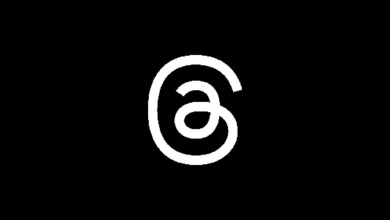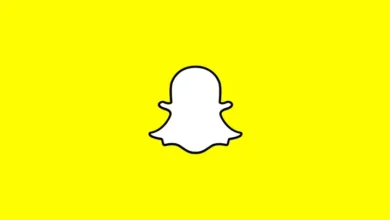TikTok Continues to Grow in EU, Reduces Moderation Staff
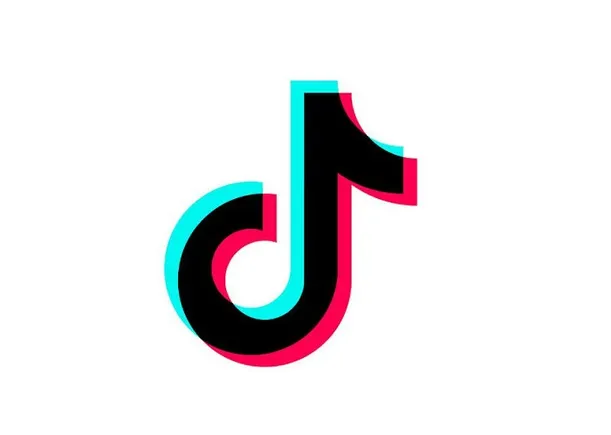
TikTok has shared its latest EU content enforcement and usage numbers, as part of its DSA disclosure reporting, which gives us some more perspective on how it’s growing, and how its moderation approach is evolving in the region.
The latest report covers the period between January and June 2025, and is the platform’s fifth DSA report. And while a lot of the info is in line with previous trends, there are some points of note.
First off, on total audience numbers, and TikTok’s growth in the EU market. As per the below data, TikTok’s EU audience has increased 25% since September 2023, with steady rises in all EU markets.
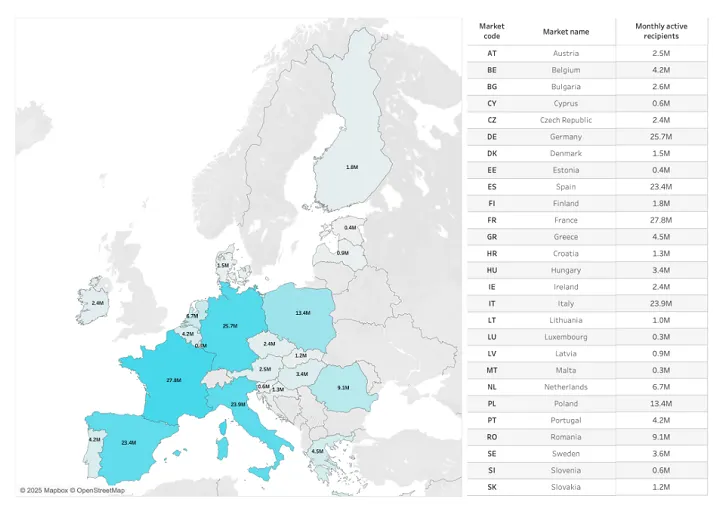
Well, all except Estonia, where TikTok doesn’t seem to be gaining traction, while it’s also seen slower adoption in Sweden (+12% since 2023), Denmark (+15%) and The Netherlands (+17%).
But overall, TikTok is expanding its EU reach, and is now up to 170 million total European users.
For broader context, that means that TikTok currently has:
TikTok also reportedly has around 100 million users in Brazil, and over 100 million in Indonesia, while the Chinese local version of the app (Douyin) has approximately 700 million users.
That gives you some perspective on the growth and regional popularity of the app, and the market opportunity for TikTok, even if it is eventually banned in the U.S.
In terms of moderation and enforcement, TikTok reports that it removed almost 24.5 million pieces of content in the period for Community Guidelines violations, which represents a 15% increase on its last report.
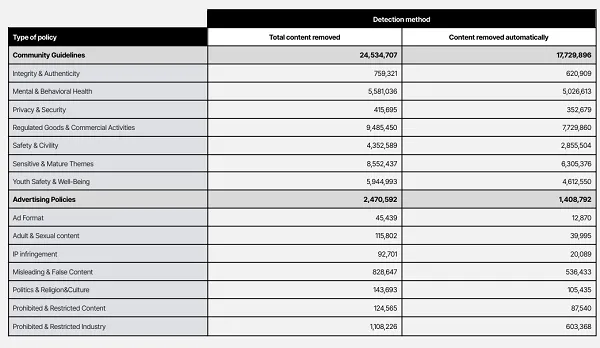
Given its growth in usage, the increases here probably make sense, though TikTok has also come under scrutiny in various EU markets over its distribution and sexualized and harmful content. But the data shows that TikTok is actually improving on these fronts over time, even with fewer human moderators (we’ll get to that).
In terms of youth safety, TikTok is removing more posts for related violations, while it’s also taking a more proactive approach to mental and behavioral health reports. In both areas, TikTok’s automated detection of violations has improved significantly since it began reporting these numbers.
Which is handy, because as noted, TikTok has also continued to reduce its human moderation staff, now down 26% since September 2023.
TikTok’s always reviewing its staffing, and looking for AI solutions in detection. And clearly it is finding them, because despite that reduction in moderation headcount, automated detection for mental and behavioural health concerns has increased from 49% in 2023, to 90% now. In terms of youth safety and wellbeing, its automated detection is up to 77% of violations, versus 38% in 2023.
And as you can see in the above chart, TikTok also removed 2.5 million ads in the period, which is a significant increase on the 1.5 million that it removed in the second half of last year.
TikTok has put a big emphasis on the detection of IP infringement (over 100% increase in removals), as part of its broader in-app shopping push, while it’s also removing more ads for adult and political content as well (2x increase on both).
With TikTok looking to make a bigger push on shopping in Europe, it makes sense that it needs to improve its enforcement, in order to ensure that business users feel secure in utilizing the app. The numbers here reflect that push.
Overall, the data here demonstrates TikTok’s improving approach to detection and enforcement, as it continues to expand in the EU market. And while there are still some notes of concern (automated detection of sexual content in ads has declined), TikTok is seemingly making the right moves to maximize protection, despite reducing staff costs.
You can check out TikTok’s DSA Transparency Report for January to June 2025 here.


